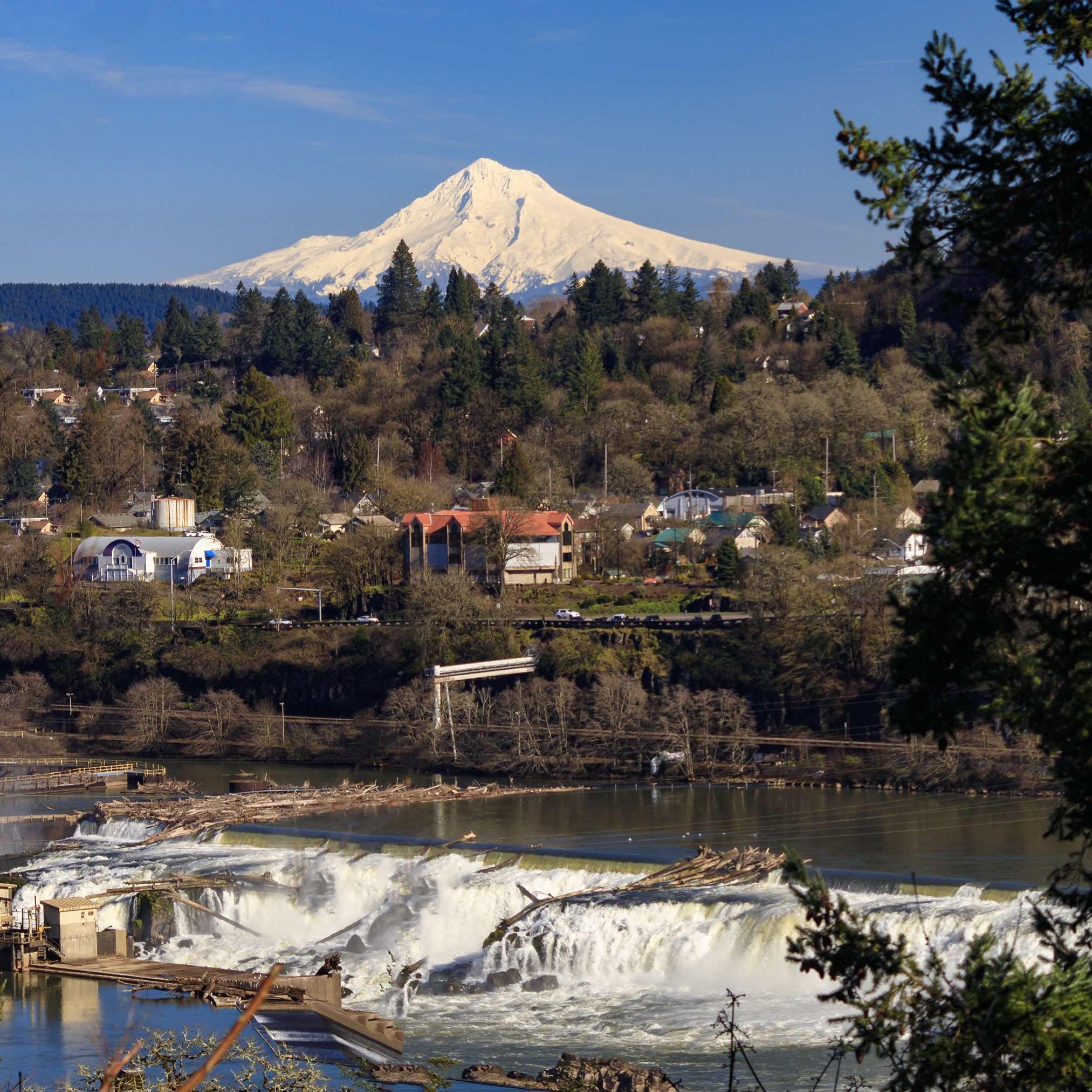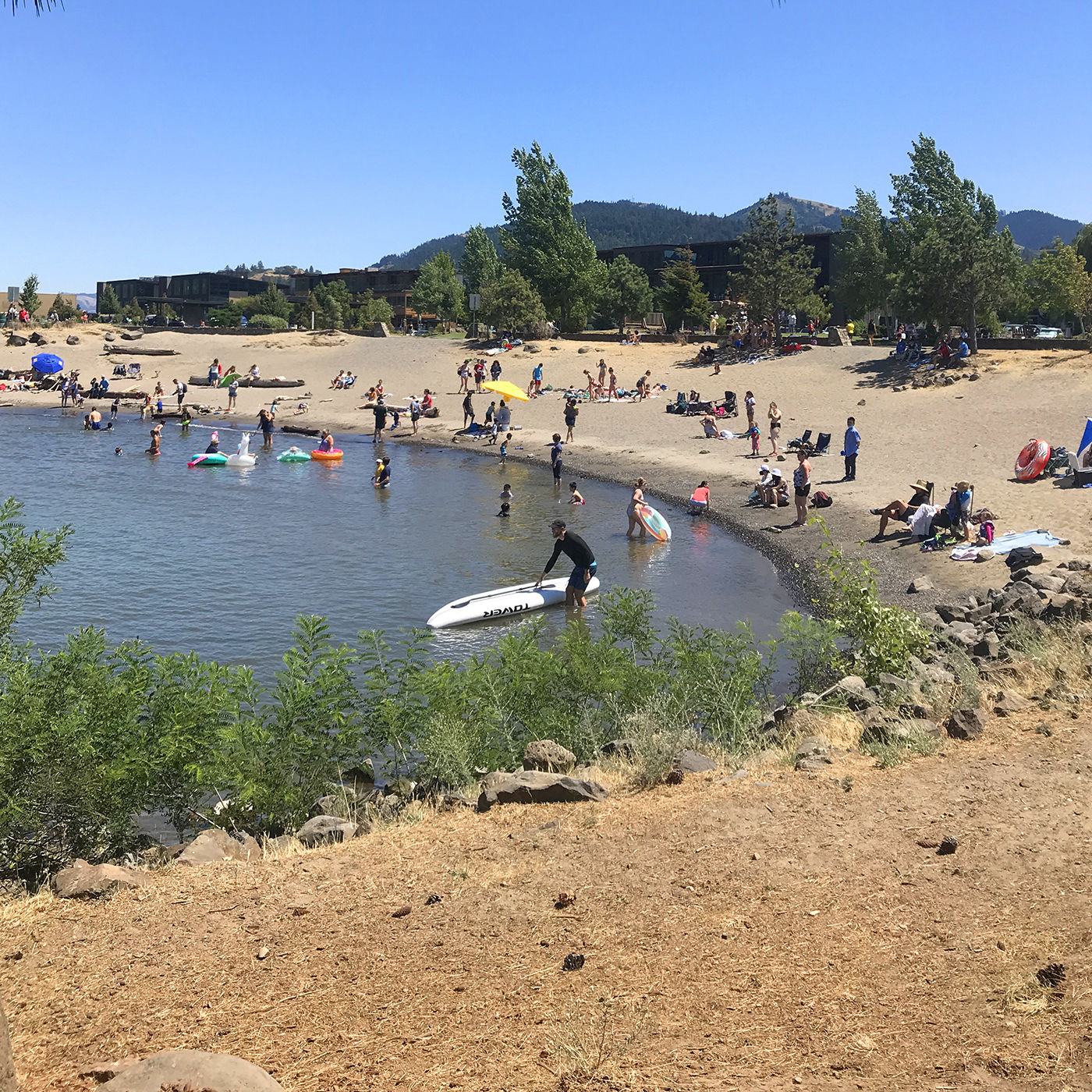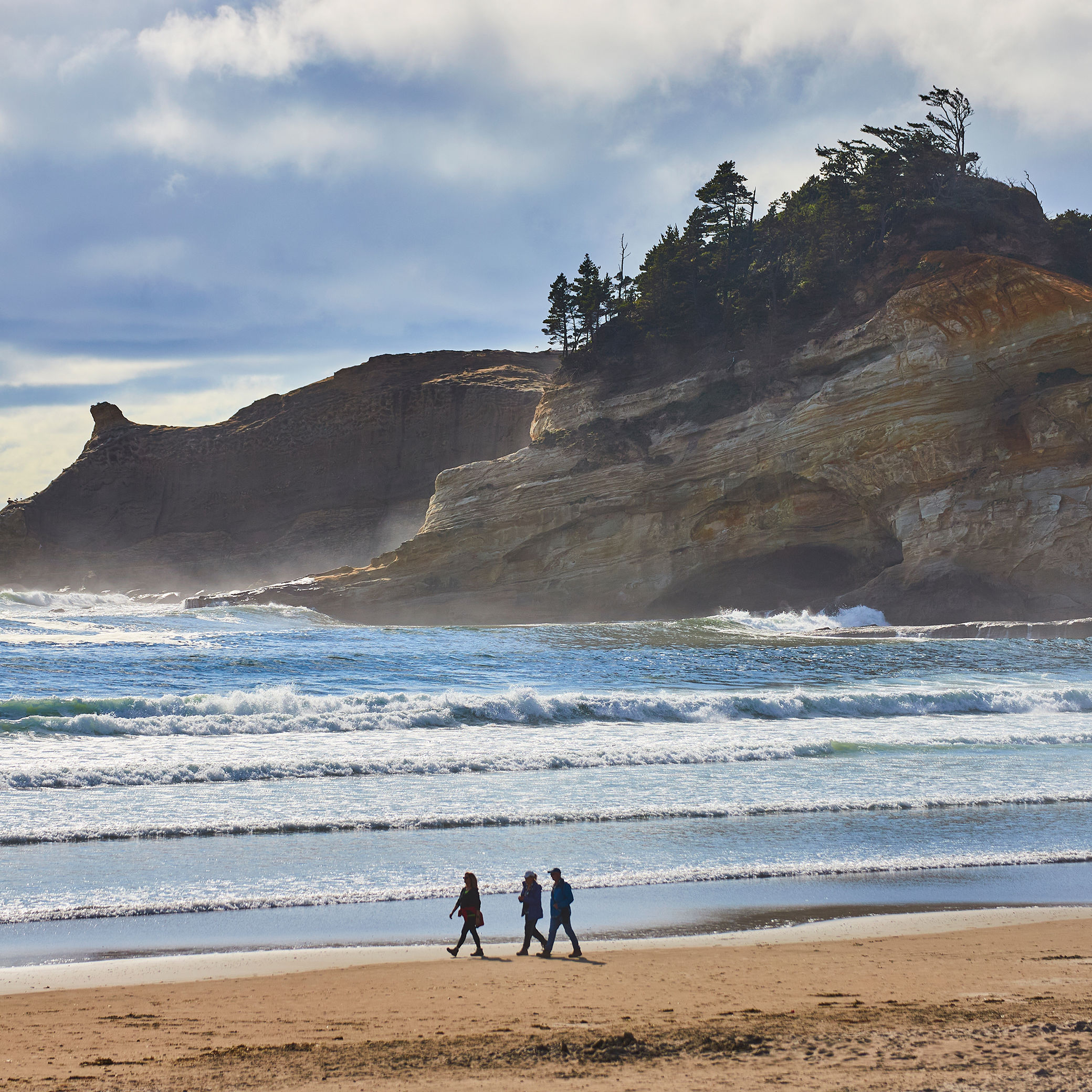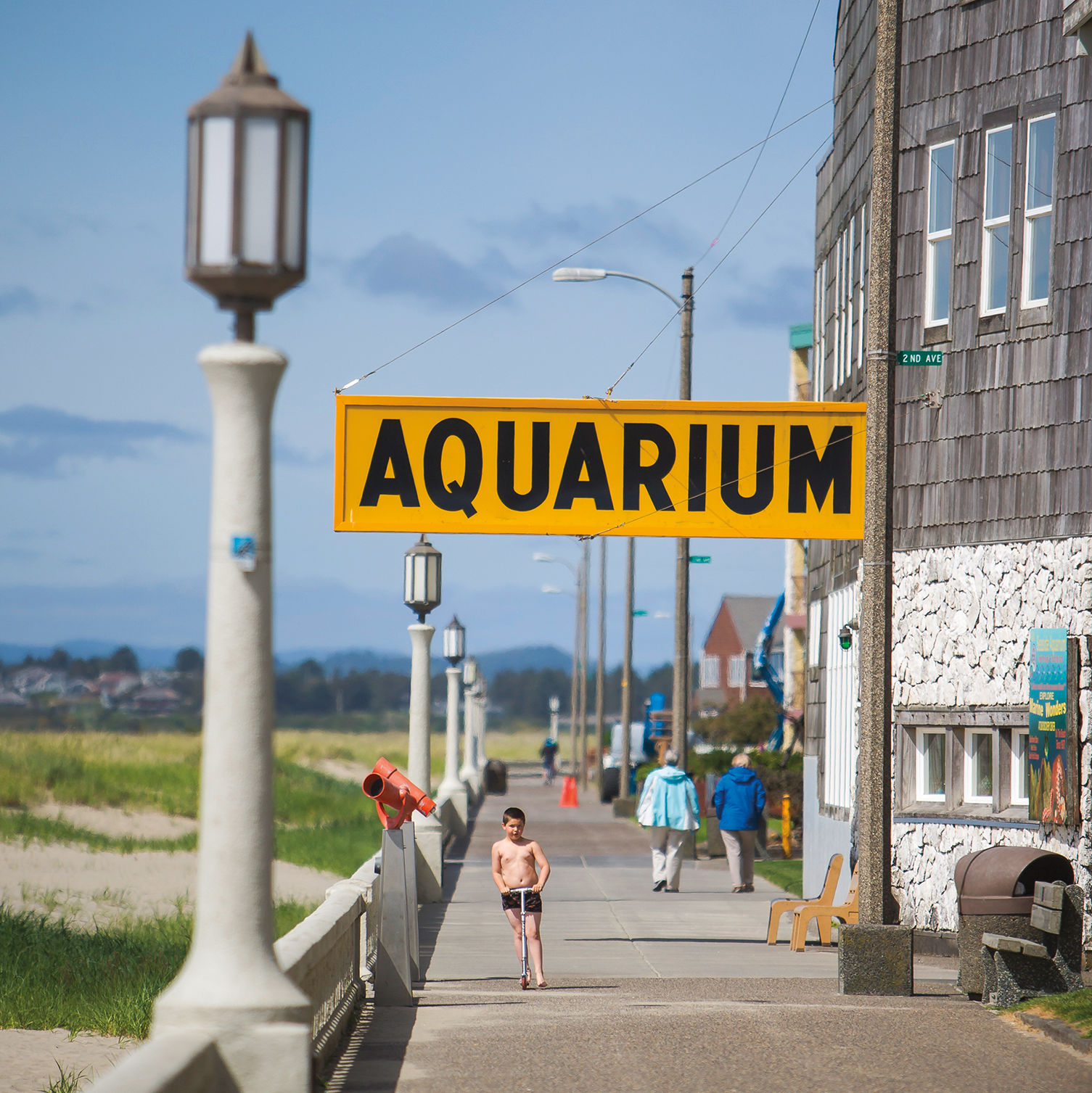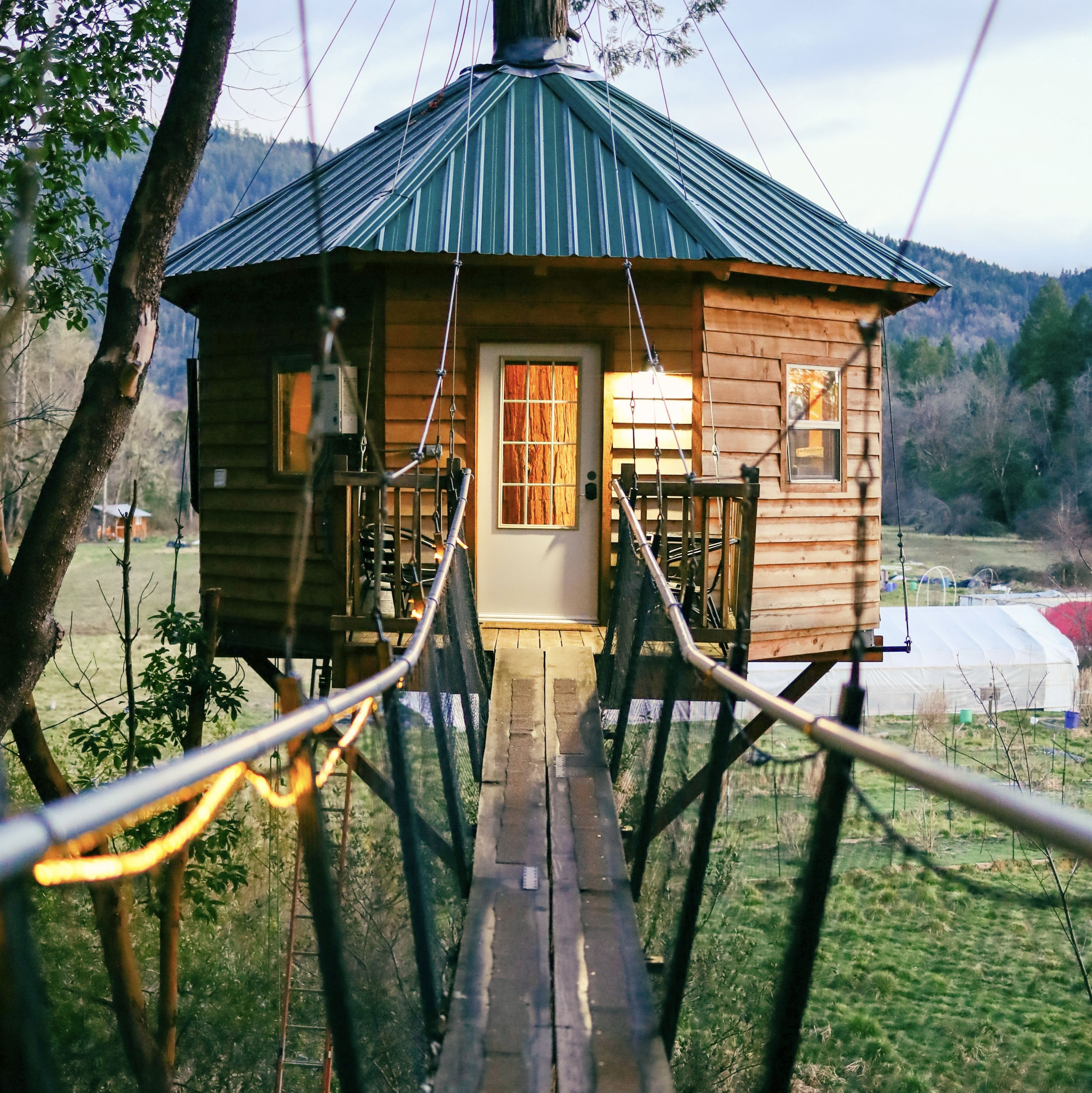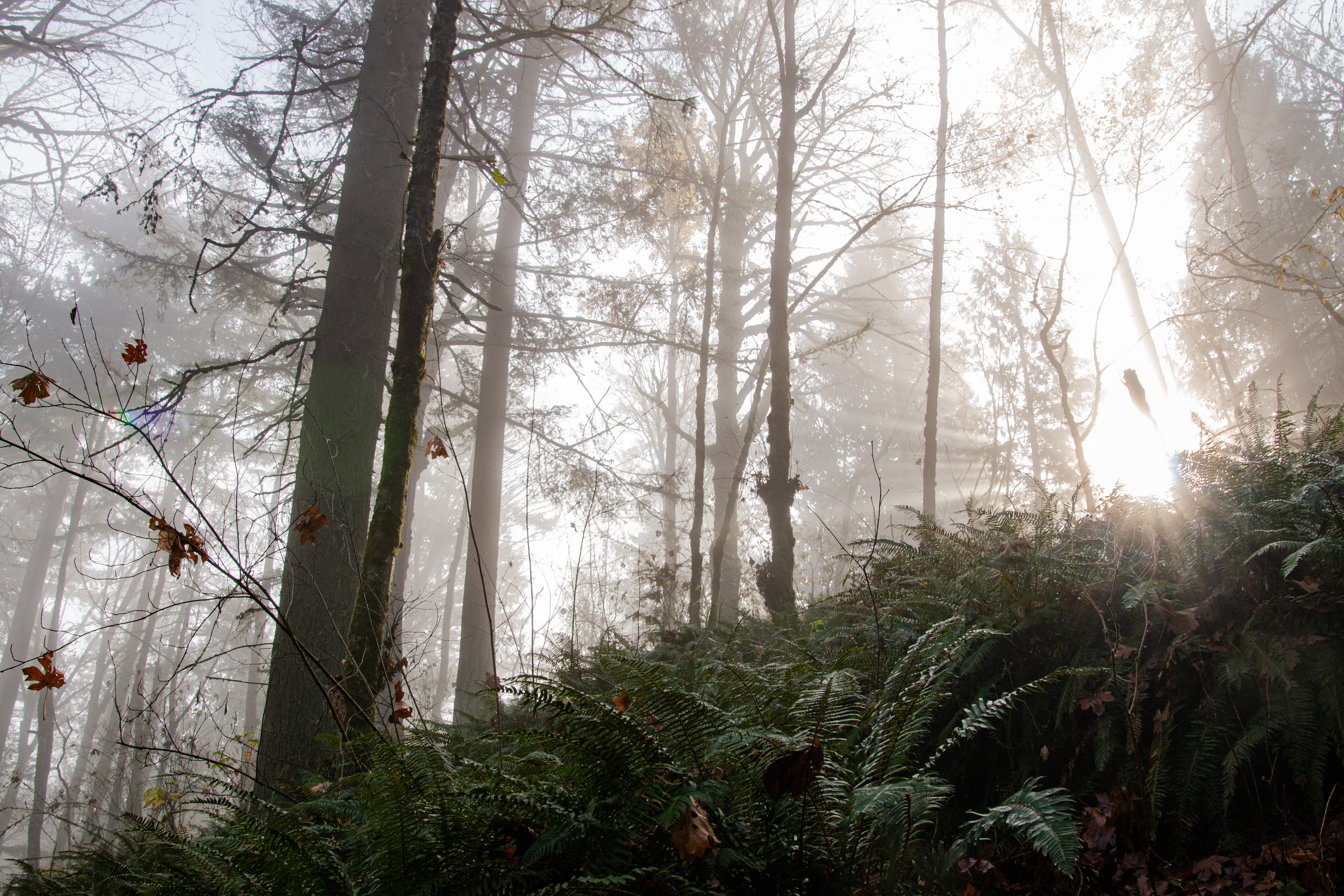Skip the Snow with These 6 Winter Hikes
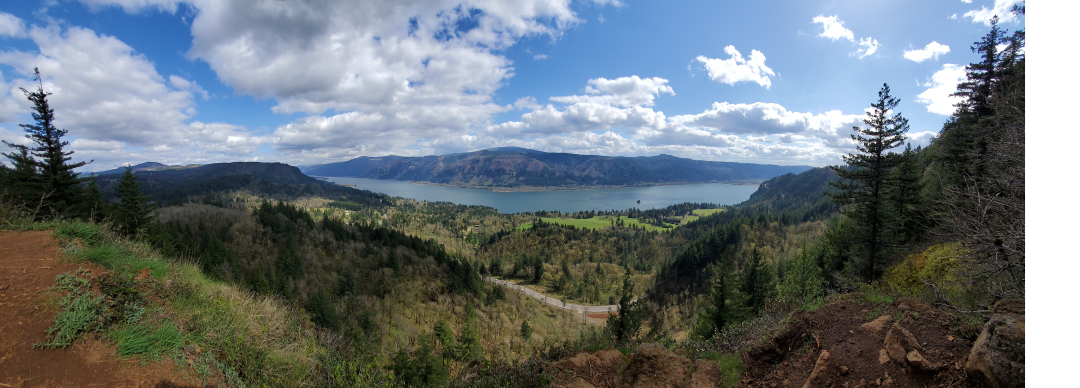
Pioneer Point Overlook on the Cape Horn Overlooks Trail
Image: Karly Quadros
A trek in the snow (or even snow camping) can be a blast, but worrying about weatherproof gear and icy, slippery surfaces isn't always what you're looking for. Even a warm, sunny day in Portland can turn into a foggy, chilly muddle. Avoiding snow and ice in the winter isn’t an exact science, but there are a few things to keep in mind.
Sticking to low elevations usually means warmer temperatures and more distant clouds, while the maritime effect of the Pacific Ocean keeps coastal climes milder in the winter and less snowy. Just be sure to leave early in the morning so you have plenty of light while the days are still short.
Leave your snowshoes and cross-country skis at home next time and try one of these midwinter hikes.
Forest Park Wildwood Trail via Newberry Road Trailhead
Distance: 5 miles
Elevation gain: 531 ft
Difficulty: Moderate
Forest Park is usually a good bet for a winter hike: if you need a weather forecast, just take a look outside. The Wildwood Trail stretches for more than 30 miles, passing by places including the Vietnam Memorial and Hoyt Arboretum, allowing you to choose your own adventure on the longest urban hiking trail in the United States. This particular stretch of the trail can be intense and is slightly less trafficked than others. It offers a mixed canopy of red alder, big-leaf maple, western red-cedar, and Douglas firs. It’s also an excellent spot to go mushroom spotting.
Cape Mountain Loop Hike
Distance: 4 miles
Elevation gain: 650 ft
Difficulty: Easy
Before the 19th century, this area was the site of the Siuslaw Tribe’s regular controlled burns, which helped maintain forest health. These burns maintained the area’s biodiversity, apparent in the slopes of conifers, alders, and hemlock with thick understories of elderberry, salal, sword and deer fern, and salmonberry. Don’t expect any grand coastal views (which are likely to be obscured by gray January clouds anyway), but this trail more than makes up for it with lush patches of old-growth firs.
Cape Horn Overlooks Hike
Distance: 5 to 9 miles
Elevation gain: 1,185 to 1,795 ft
Difficulty: Moderate
This nearby Columbia Gorge hike in Washington offers a few spectacular views, the first at Pioneer Point then at Nancy Russell Overlook and Windblown Fir Viewpoint. The first stretch of the hike involves several steep switchbacks through blackberry, sword fern, and thimbleberry all along a craggy basalt face, and then the trail evens out. On a clear day hikers can see for miles along the Columbia River, all the way to Beacon Rock upriver to the east and to Angel’s Rest on the Oregon side of the Gorge. Be aware: the lower end of the loop at Cape Horn is closed between February 1 and July 15 to protect nesting peregrine falcons.
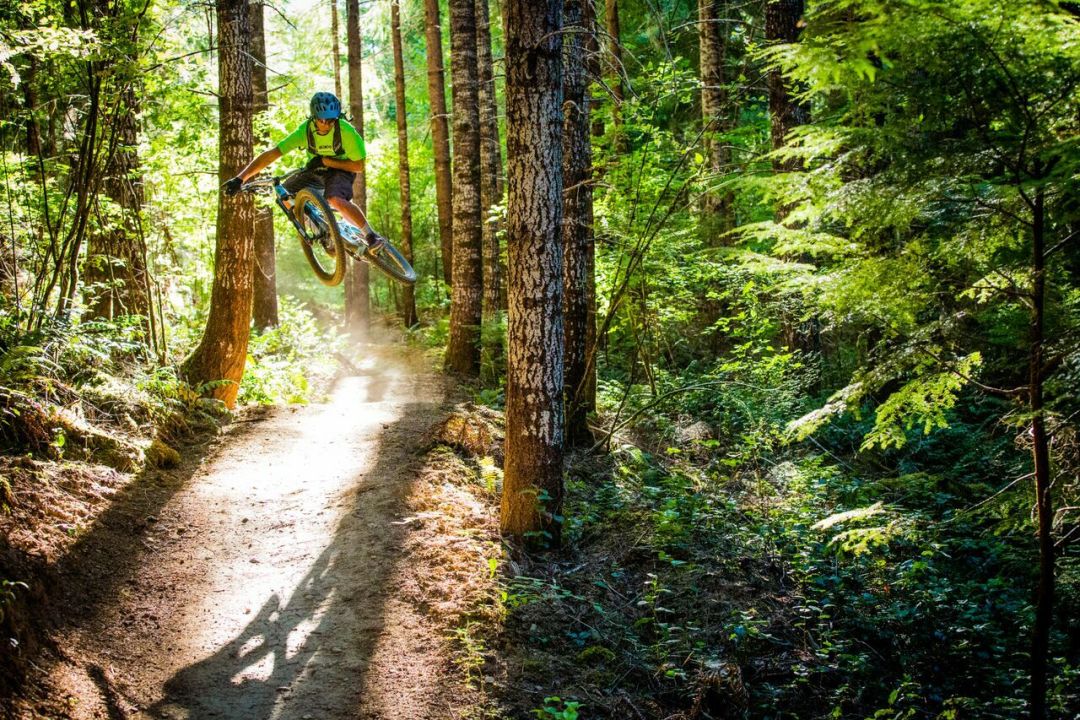
A mountain biker on the Alsea Falls Trail
Image: Bureau of Land Management
Alsea & Greenpoint Falls
Distance: 2 to 6 miles
Elevation gain: 230 ft
Difficulty: Easy
Nestled in the Coast Range, this gentle trail offers blooming wildflowers and grapes in the spring, but the bubbling 30-foot falls are even better in the wintertime. It’s one of the few waterfall hikes that doesn’t require intense uphill treks for a beautiful view. This trail is truly for adventurers, though: the Bureau of Land Management built this trail network specifically for mountain bikers in 2012, although hikers are also welcome on the trails.
Larison Creek Trail
Distance: 6 miles
Elevation gain: 1,500 ft
Difficulty: Moderate
A popular route through the Willamette National Forest, the Larison Creek Trail is open to hikers, horse riders, and mountain bikers. Beginning at Larison Cove before curving into a thatch of old-growth Douglas fir, incense cedar, vine maple, ferns, and ceanothus, hikers can hear the babbling of the creek the whole way through.
Kentucky Falls
Distance: 4 miles
Elevation gain: 650 ft
Difficulty: Easy
Oregonians love a good waterfall. Skip the crowds at Multnomah Falls and the well-trod path to Wahkeena Falls by taking an excursion south to see these massive deluges. About an hour outside of Florence in the Siuslaw National Forest, this easy trail boasts three waterfalls at the confluence of Kentucky Creek and Smith River.



